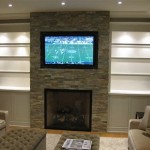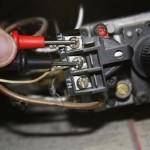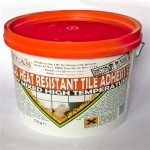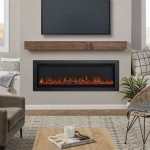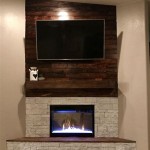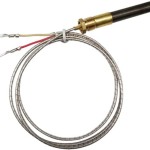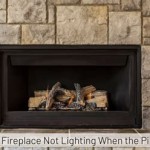Fireplace Gas Log Burner: Essential Aspects and Considerations
Fireplace gas log burners have become increasingly popular due to their convenience, efficiency, and aesthetic appeal. They provide the cozy ambiance of a traditional wood-burning fireplace without the hassle of chopping wood, dealing with ashes, or potential fire hazards. Here's a comprehensive guide to the essential aspects of fireplace gas log burners:
Types of Gas Log Burners
There are two main types of fireplace gas log burners:
- Vented gas log burners: These burners require a dedicated vent pipe to exhaust combustion gases outside the home. They provide higher heat output but require professional installation and regular maintenance.
- Ventless gas log burners: These burners do not require a vent pipe and instead use oxygen from the room and exhaust combustion gases into the room. They are easier to install and require less maintenance, but they produce slightly less heat and may require more frequent ventilation.
Fuel Sources
Fireplace gas log burners can utilize various fuel sources:
- Natural gas: A common and convenient fuel source that provides consistent heat output.
- Propane: A more portable fuel source that is stored in tanks. It provides a higher heat output than natural gas.
- Liquid propane (LP): Similar to propane but stored in portable containers. It offers a high heat output but may require more regular refilling.
Heat Output and Efficiency
The heat output of a fireplace gas log burner is measured in British Thermal Units (BTUs). Higher BTU ratings indicate greater heat output. The efficiency of a burner is rated in terms of Annual Fuel Utilization Efficiency (AFUE). Higher AFUE ratings indicate better energy efficiency.
Installation and Maintenance
Proper installation of a fireplace gas log burner is crucial for safety and optimal performance. It is recommended to hire a qualified professional to ensure proper ventilation, gas line connections, and compliance with local building codes. Regular maintenance, including cleaning and inspections, is essential to extend the lifespan of the burner and prevent potential issues.
Safety Features
Fireplace gas log burners are equipped with several safety features to minimize risks:
- Oxygen depletion sensors: Detect low oxygen levels and automatically shut off the burner if necessary.
- Flame sensors: Detect the presence of a flame and prevent gas flow if the flame is not detected.
- Safety shutoff valves: Automatically cut off gas supply in case of overheating or other emergencies.
Aesthetic Considerations
Fireplace gas log burners come in various designs and finishes to complement any décor. The logs can be made from ceramic, refractory material, or cast iron to mimic the appearance of real wood or other materials. The burner bed can be customized with accessories such as embers, lava rocks, or glass beads.
Conclusion
Fireplace gas log burners offer a convenient and efficient way to enjoy the ambiance and warmth of a traditional fireplace. By understanding the different types, fuel sources, and essential aspects of these burners, homeowners can make informed decisions to select the best option for their needs and create a cozy and comfortable living space.

The Best Gas Stoves Log Burners Direct

Gazco Chesterfield 5 Gas Stove

Gazco Huntingdon 30 Gas Stove Fireplace Supers

Guide To Gas Stoves Direct

Is It Time To Replace Your Old Gas Fire For A More Efficient Wood Burning Stove Alfred Poppins

Gas Stoves Log Burners Stove Fireplaces Fireplace Warehouse

Yeoman Cl5 Contemporary Gas Stove Fireplace Supers

Gallery Firefox 8 Gas Stove Log Effect 5kw Victorian Fireplace

Do You Want To Replace Your Gas Fire With A Woodburner

Penmann Gas Stove Log Burner Lpg Bottled Black Cast Iron With Skirted Leg
Related Posts

